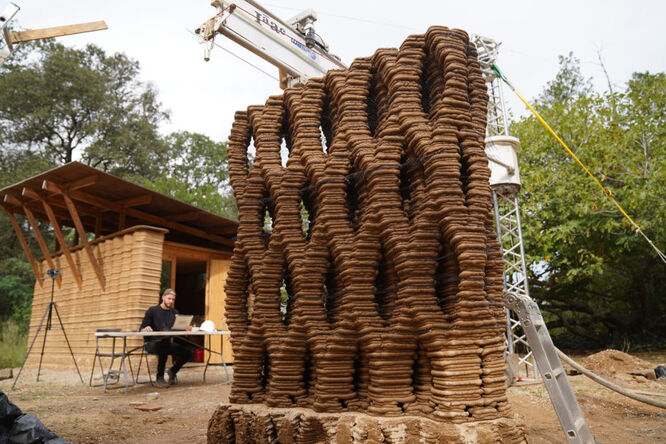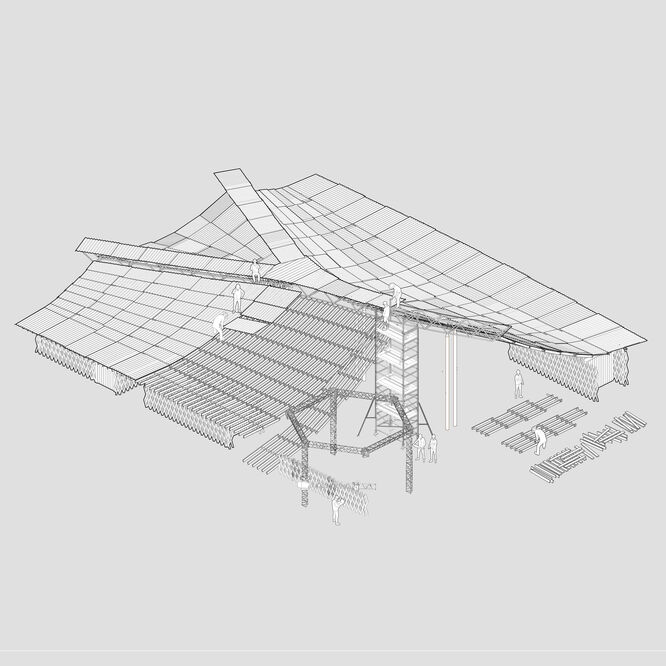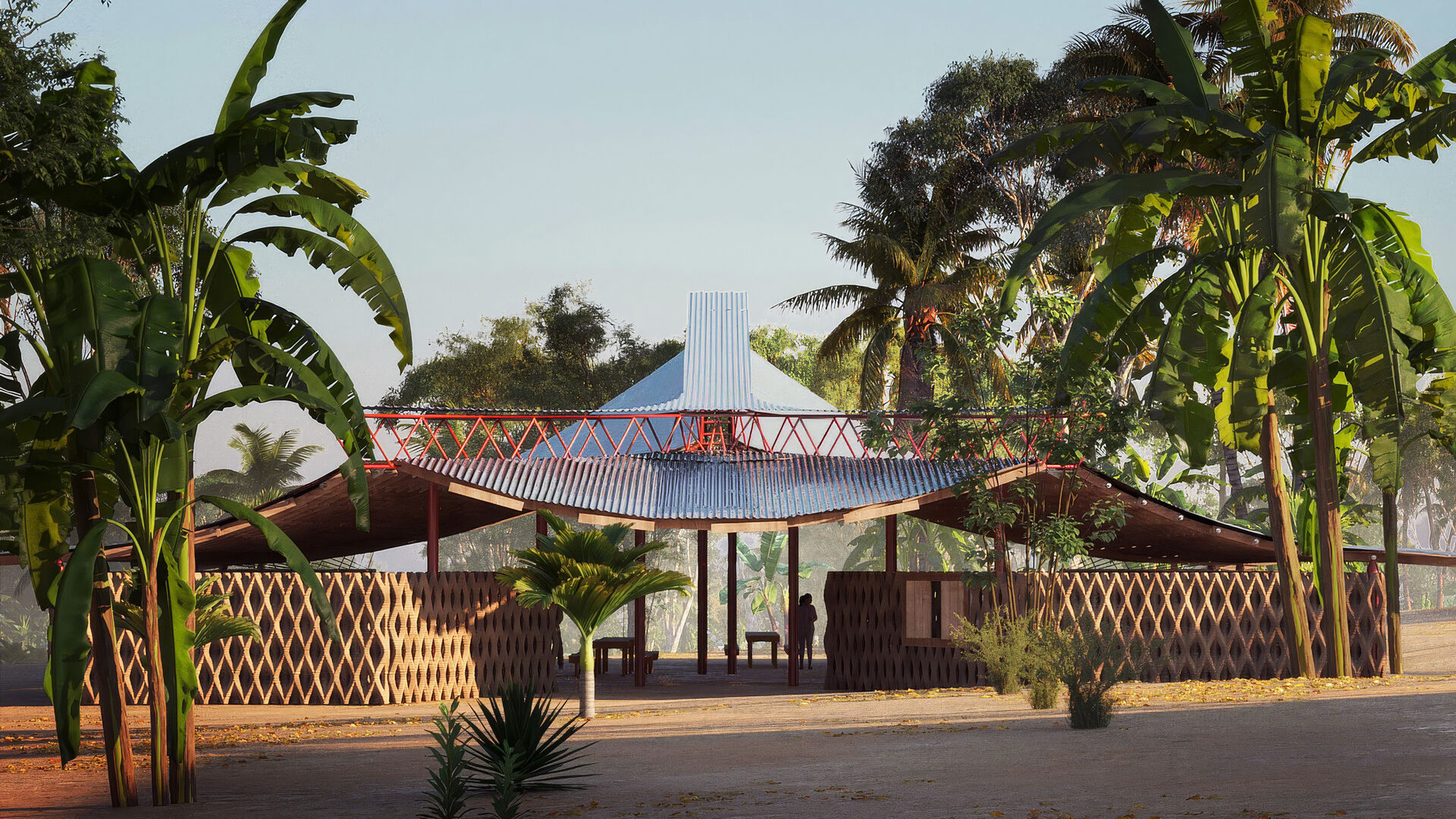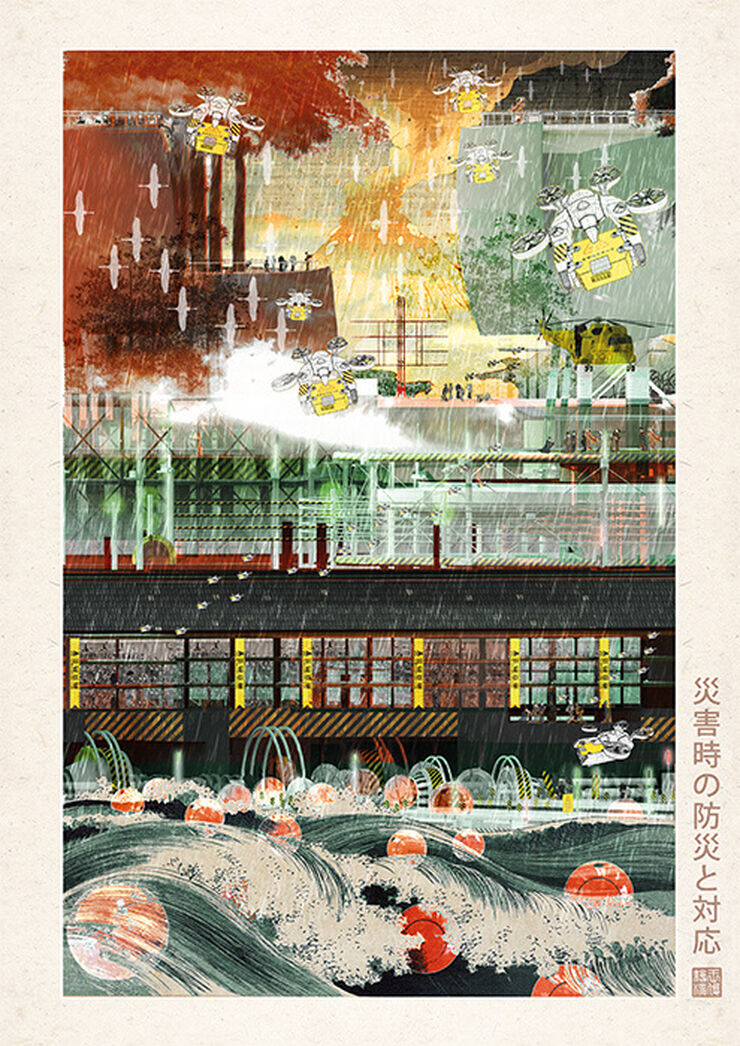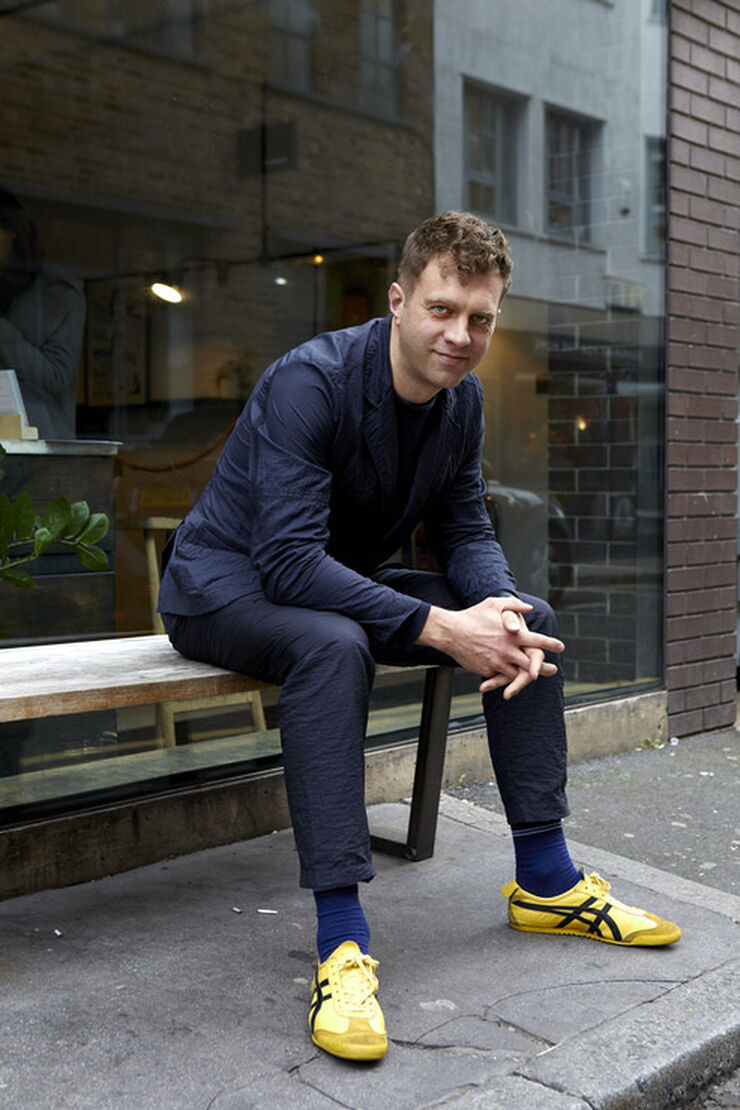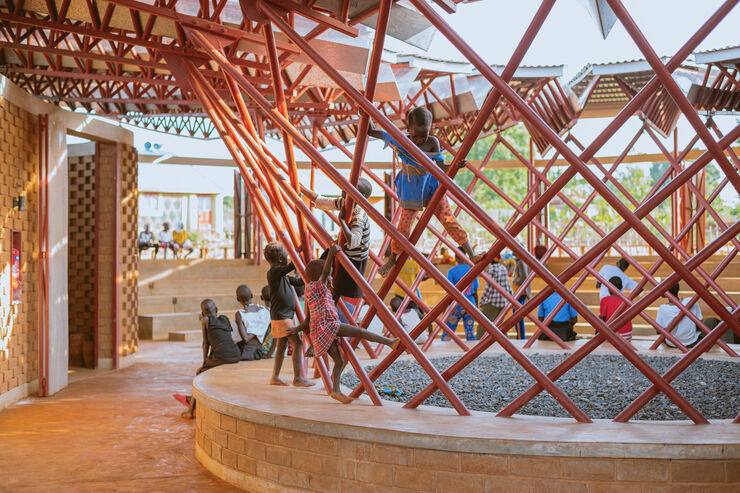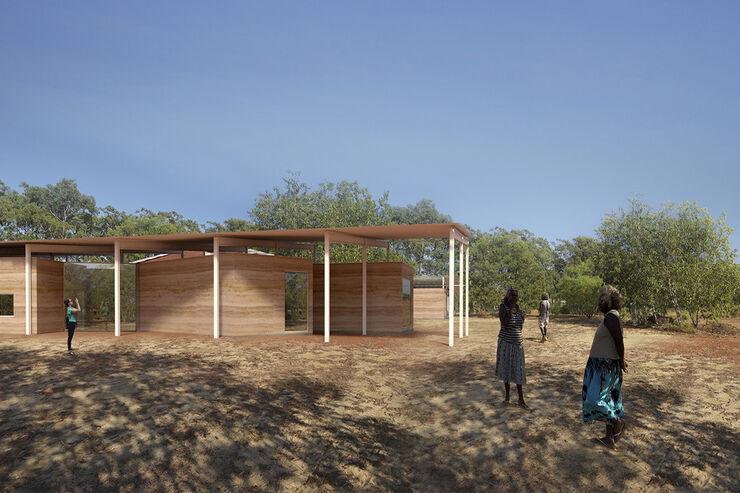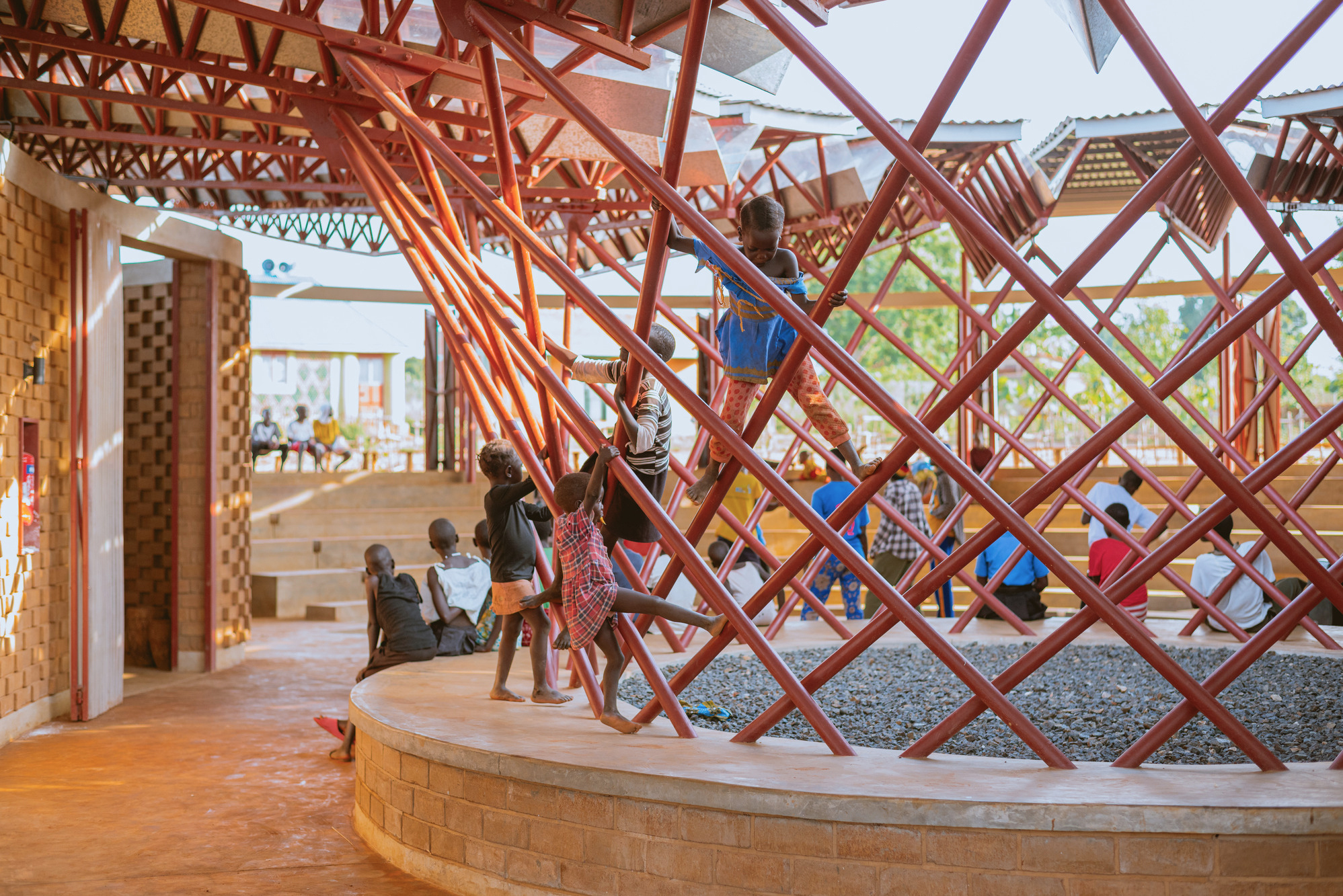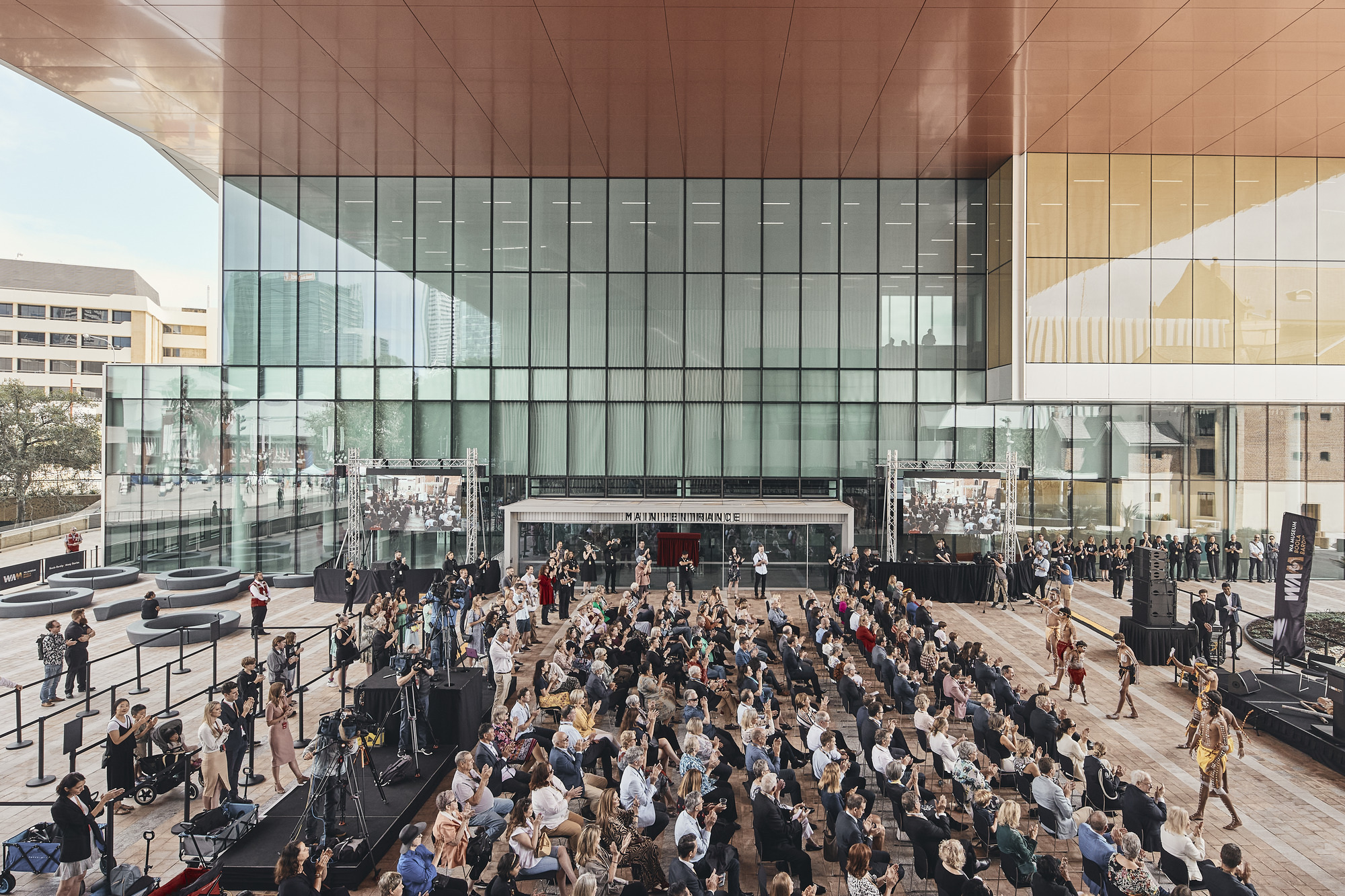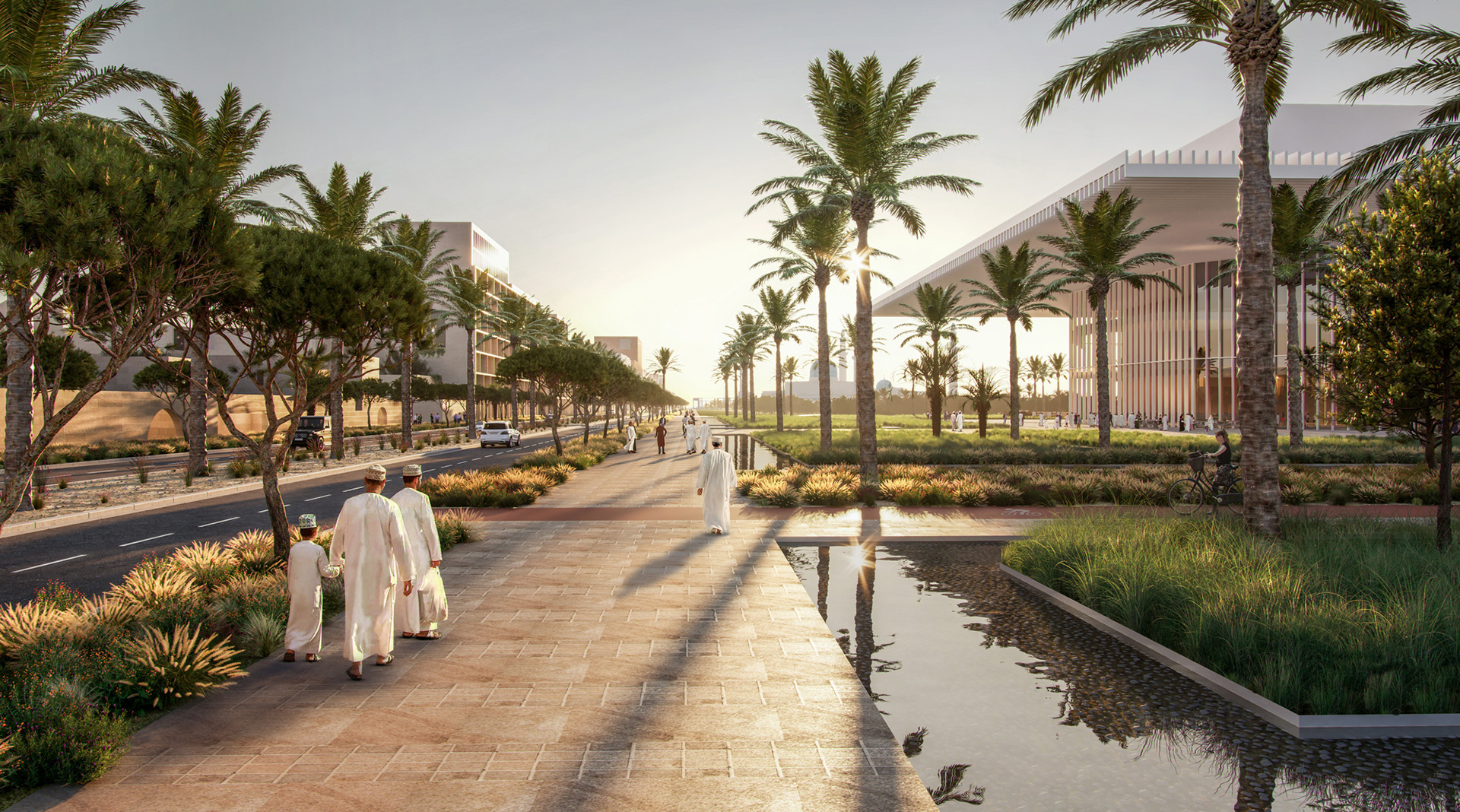With a design that uses 3D-printed earth walls to create a place of safety, shelter and purpose, the Community Building for Hope Village, One Heart Tanzania, captures an extraordinary ambition.
A collaboration between Hassell and charity foundation One Heart, the Community Building forms part of a master plan designed by architectural firm ClarkeHopkinsClarke (CHC) that will provide housing, education, childcare and skills training to lift vulnerable young people of Tanzania out of poverty and guide them towards a brighter future.
The project’s primary goal is to educate and care for vulnerable girls, with a strong emphasis on community involvement from conception to construction.
“The start of construction [of initial housing projects] at Hope Village is the reality of a dream that I have had for over 20 years,” says Dr. Consola Elia, the lead house parent of the children’s homes at Hope Village.
“Hope Village has been set up as a rescue centre for children suffering from hardship and unsafe environments across various regions in Tanzania. The entire village design will offer these children and their community facilities including a school, housing, play areas and more.”
— Dr. Consola Elia, lead house parent of the children’s homes at Hope Village
As a central gathering place, the Hope Village Community Building will host bustling school assemblies and lively communal meals, dividing into smaller spaces for added flexibility. A kitchen, bakery and communal store will support its multifunctional use as a hub for performance, connection and reflection for the whole community. With a striking, ‘draped’ tensile roof and walls made from earth, the Community Building aims to create a village heart for residents and become a landmark for gathering in the broader neighbourhood.
The building’s 3D-printed earth wall technology is a sustainable design solution developed using clay-based soil available from sites within a 25-mile radius. The unusual construction process was tested in full-scale mock-ups with the Institute for Advanced Architecture of Catalonia (IAAC) in Barcelona, Spain and with engineers Eckersley O’Callaghan. Through the printing process, layers of earth bind together, creating walls punctuated by small openings. These permeable walls draw air and sunlight into the building’s interior when in place.
“We’re using [design] to uplift how people experience their daily life… In this instance, we’re using it to hopefully help and heal and educate — and we’re also using it to innovate.”
— Mark Loughnan, Head of Design and Principal at Hassell

